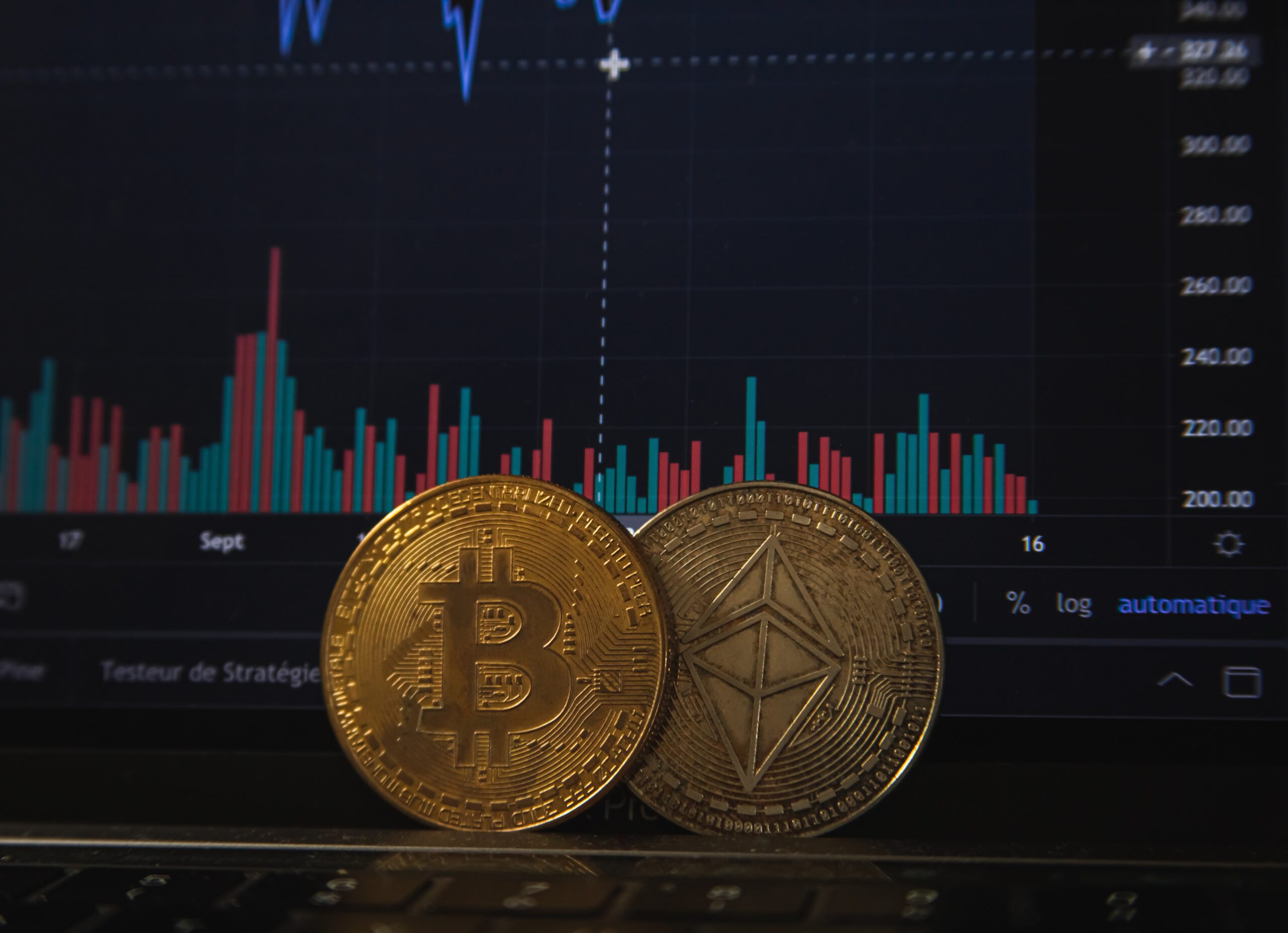Table of Contents
- What is MiCA Crypto?
- How Does this Change the Future of Crypto?
- What’s To Do Next?
- 1. Crypto providers must implement a strong Compliance/AML Framework.
- 2. Policies, procedures, and work documents must be drafted and implemented to mitigate integrity and operational risks.
- 3. These policies and procedures need to describe the most important processes and controls.
- 4. Employees must be trained on compliance activities, even if they are not directly involved.
- 5. CASPs (Crypto Asset Service Providers) must implement a strong and secure KYC (know-your-customer) process.
- 6. The KYC process should allow the CASPs to understand the individuals or legal entities they serve deeply.
- 7. Sufficient information and documentation should be collected to avoid financial crimes being committed through the apps and platforms.
- In Summary
The European Parliament is set to vote on a new regulation that aims to establish harmonized rules for crypto-assets across the EU. The Markets in Crypto-Assets (MiCA) regulation seeks to provide legal certainty for crypto-assets currently not covered by EU legislation. By doing so, it aims to enhance the protection of consumers and investors, promote financial stability, and foster innovation in using crypto-assets.
Our Binance News and Crypto Presales blog posts will clue you into more crypto-related news on which all crypto companies should be updated.
What is MiCA Crypto?
MiCA stands for Markets in Crypto-Assets. The proposed regulation seeks to create a legal framework for crypto-assets in the European Union. The regulation identifies and covers three types of crypto-assets: asset-referenced tokens (ART), electronic money tokens (EMT), and other crypto-assets not covered by existing EU law.
The MiCA crypto regulation aims to regulate the issuance and trading of crypto-assets and the management of the underlying assets where applicable. It also sets out additional regulatory rules for ‘significant’ ART and EMT.

The regulation seeks to provide greater protection for consumers and investors by establishing minimum disclosure requirements for crypto-asset issuers and by requiring that issuers be authorized and supervised by national authorities. It also promotes financial stability by establishing capital requirements for crypto-asset issuers.
In addition, the regulation includes provisions aimed at promoting transparency and combating market abuse, such as requiring issuers of crypto-assets to publish a white paper with information about the asset and its underlying assets, as well as rules governing insider trading and market manipulation.
It’s important to be an authentic crypto business. Avoid seeming like a Crypto Scam in this article here!
How Does this Change the Future of Crypto?
The MiCA crypto regulation aims to provide legal certainty for crypto-assets not covered by existing EU legislation. Therefore, this promotes innovation in the use of crypto-assets. It also seeks to enhance the protection of consumers and investors and promote financial stability.
By establishing a legal framework for crypto-assets, MiCA crypto could make it easier for businesses to raise capital through crypto-assets while also providing greater protection for investors. The regulation also aims to promote the development of more sustainable crypto-assets by including the environmental impact of crypto-assets in communications to investors.
The MiCA crypto regulation is still in the legislative process, and the European Parliament is set to vote on it shortly. If adopted, the regulation would establish harmonized rules for crypto-assets across the EU, providing legal certainty for crypto-assets not covered by existing EU legislation.
@currency.comofficial The EU agreed their landmark crypto regulation called MiCA. It has huge implications for crypto #crypto #cryptocurrency #bitcoin #ethereum
Bitcoin is a popular cryptocurrency that you should watch out for. Cryptonews has several excellent guides detailing everything you need to know about Bitcoin.
What’s To Do Next?
Some DeFi providers might not like traditional financial regulators being involved, but there are good things to learn from traditional finance (TradFi). Being compliant and following regulations is important. New regulations are coming, but they might take up to two years to happen. Crypto providers could do well to start adopting good practices now to be ready when the new rules arrive. This will make it easier to follow the new regulations and help people trust the crypto providers.
So, what does this mean? It means that crypto companies will need to establish a fully functioning Compliance Team.
1. Crypto providers must implement a strong Compliance/AML Framework.
The Compliance/AML (Anti-Money Laundering) Framework is a set of policies and procedures that help providers comply with regulations and detect, prevent, and report money laundering and other financial crimes. This is particularly important for MiCA crypto, which will require crypto providers to implement AML procedures to protect investors. This also promotes financial stability.
By implementing a strong Compliance/AML Framework, crypto providers can demonstrate their commitment to compliance and better position themselves for success under MiCA crypto.
2. Policies, procedures, and work documents must be drafted and implemented to mitigate integrity and operational risks.
To ensure compliance with MiCA crypto, crypto providers must document and implement policies addressing integrity and operational risks. Integrity risks include fraud, corruption, and insider trading, while operational risks include IT failures, human error, and third-party risks.
By identifying and addressing these risks, crypto providers can improve their overall compliance and risk management practices and enhance investor protection.
3. These policies and procedures need to describe the most important processes and controls.

When drafting policies and procedures for MiCA crypto compliance, it is important to identify the most critical processes and controls and describe them in detail. This helps to ensure that everyone involved in the compliance program understands what is expected of them and how to carry out their responsibilities.
It also provides a framework for continuous improvement, allowing crypto providers to refine their processes.
4. Employees must be trained on compliance activities, even if they are not directly involved.
To ensure that everyone in the organization understands their role in MiCA crypto compliance, all employees should receive training on compliance activities, regardless of whether they are directly involved in compliance. This includes training on AML, KYC, and other compliance-related topics.
By investing in employee training, crypto providers can build a culture of compliance and promote a shared understanding of the importance of regulatory compliance under MiCA crypto.
5. CASPs (Crypto Asset Service Providers) must implement a strong and secure KYC (know-your-customer) process.
One of the key requirements under MiCA crypto is for CASPs to implement a robust KYC process to verify the identity of their customers and collect relevant information. This includes information such as the customer’s name, address, date of birth, and source of funds.
By implementing a strong and secure KYC process, crypto providers can help prevent financial crimes such as money laundering and terrorist financing and ensure compliance with MiCA crypto.
6. The KYC process should allow the CASPs to understand the individuals or legal entities they serve deeply.
To comply with MiCA crypto, the KYC process should go beyond simply verifying the customer’s identity. It should also allow the CASPs to deeply understand the individuals or legal entities they provide services to. This includes understanding their financial profile, risk appetite, and investment goals.
With this, crypto providers can better tailor their services to their customers’ needs and mitigate the risk of financial crimes.
7. Sufficient information and documentation should be collected to avoid financial crimes being committed through the apps and platforms.
Under MiCA crypto, crypto providers must collect sufficient information and documentation to ensure that their apps and platforms are not being used to commit financial crimes. This includes information on the customer’s identity, the origin of their funds, and the purpose of the transaction. Cryptocurrency providers can help prevent financial crimes and ensure compliance with MiCA crypto by collecting this information. It also helps build trust with customers who are more likely to use apps and platforms.
In the future, customers may need to provide more information to crypto providers than they currently do, such as where their funds come from and proof of their address. This could cause things to slow down a bit. However, by having better compliance, the industry will attract more traditional market participants and investors.
This will lead to more innovation in the crypto industry in the long run.
If you want to know how your customers can be safe while using crypto, peep this blog post on Crypto Saftey next!
In Summary

The MiCA crypto regulation aims to create a legal framework for crypto-assets in the EU, providing legal certainty, protecting investors, and promoting financial stability and innovation. The proposed regulation identifies and covers three types of crypto-assets and regulates these assets’ issuance, trading, and management.
If adopted, the regulation could have significant implications for using crypto-assets in the EU, so it’s best to ensure each crypto business is compliant.
MiCA crypto may be coming in the future, but it won’t happen until later this year (at the earliest). Until then, self-governance and self-regulation will still be very important. Responsibility will be shared on the blockchain, and better practices will be created within a decentralized structure.
Crypto can be pretty confusing for newbies. You may know all about crypto as a company, but do your customers? If not, you can use our blog post for Crypto Beginners to walk them through the basics of crypto before they decide to start trading with you.























